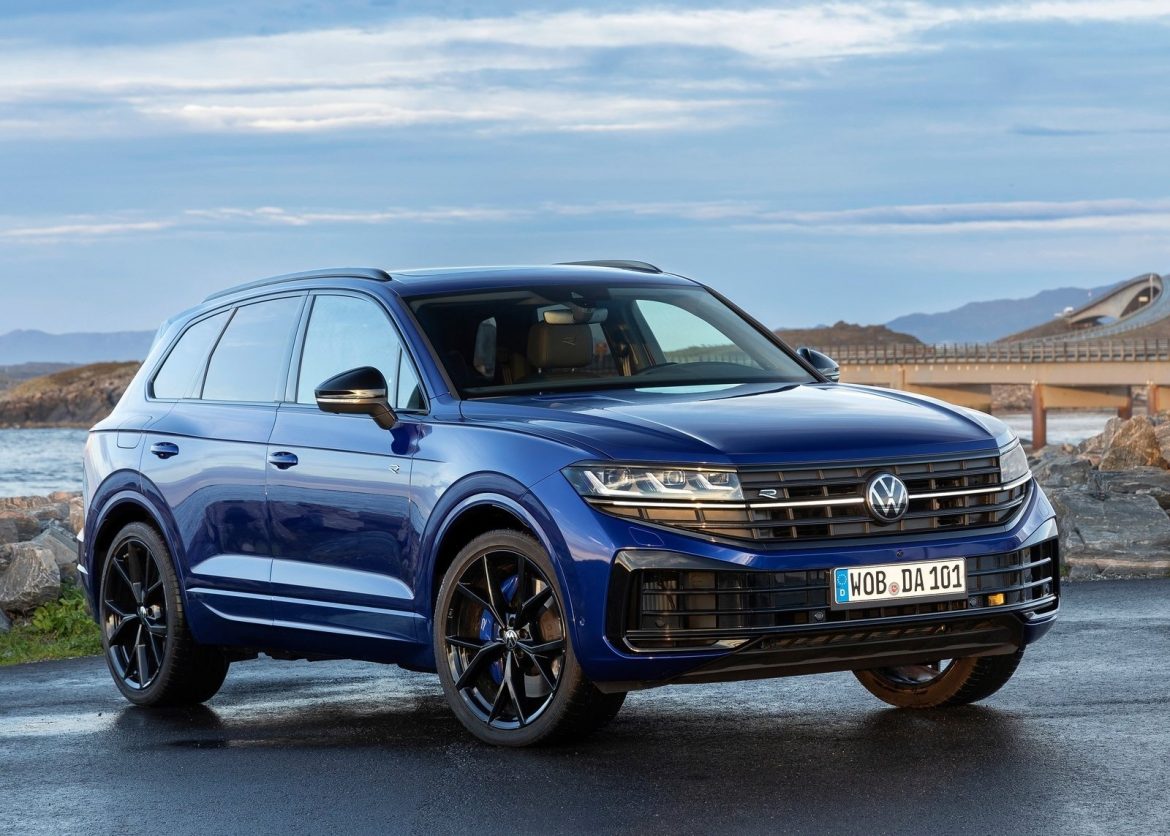Volkswagen AG announced on Wednesday a groundbreaking collaboration with Chinese partner Xpeng to introduce a new architecture for intelligent and electric vehicles (EVs). This strategic move aims to enhance Volkswagen’s competitive edge and offer more affordable EV options in its largest market, China.
Introduction of China Electrical Architecture (CEA)
Volkswagen plans to integrate the China Electrical Architecture (CEA) into locally developed VW-branded EVs starting from 2026. This innovative platform is designed to reduce manufacturing costs by an impressive 40% compared to Volkswagen’s existing MEB platform, thanks to a streamlined design and reduced reliance on control units.
Competition with Tesla
Tesla has been a dominant force in the EV market, particularly in terms of innovative architecture that optimises efficiency and reduces manufacturing costs. Volkswagen’s adoption of CEA reflects its determination to compete effectively in this dynamic landscape.
Cost efficiency and adaptation
Ralf Brandstaetter, Volkswagen Group board member and China chief, highlighted the importance of adapting to fierce competition and improving cost structures. The adoption of CEA represents a decisive step towards developing intelligent, connected vehicles tailored specifically for the Chinese market.
Strategic partnership with Xpeng
The collaboration between Volkswagen and Xpeng began last year when Volkswagen acquired a 4.99% stake in Xpeng, investing around USD 700 million. The partnership aims to jointly launch two Volkswagen-branded EV models by 2026, utilising Xpeng’s G9 ‘Edward’ platform.
Focus on SUVs
Volkswagen’s initial focus within this partnership is to introduce an SUV, reflecting the popularity of this vehicle segment in the Chinese market. Leveraging economies of scale and collaborative efforts in platform and software development, both automakers aim to reduce costs and accelerate product development.
Market dynamics in China
Volkswagen faces stiff competition in China, particularly from local EV manufacturers like BYD. Declining combustion-engine sales and shifting consumer preferences have prompted Volkswagen to diversify its product range and target the entry- and mid-level segments of the EV market.
Investment in production and innovation
To bolster its presence in China, Volkswagen recently announced plans to invest €2.5 billion ($2.66 billion) to expand its production and innovation hub in Hefei, Anhui Province. This strategic investment underscores Volkswagen’s commitment to growth and innovation in the Chinese market.
Success of ID.3
Volkswagen’s ID.3 has emerged as one of the best-selling EVs in China, following a significant price reduction of over $5,100. This success underscores the importance of competitive pricing strategies in capturing market share and driving adoption of electric vehicles.
Volkswagen’s partnership with Xpeng and the introduction of the China Electrical Architecture mark significant strides towards offering affordable EVs tailored for the Chinese market. With a focus on cost efficiency, innovation, and strategic investments, Volkswagen aims to strengthen its position in China’s rapidly evolving automotive landscape.



